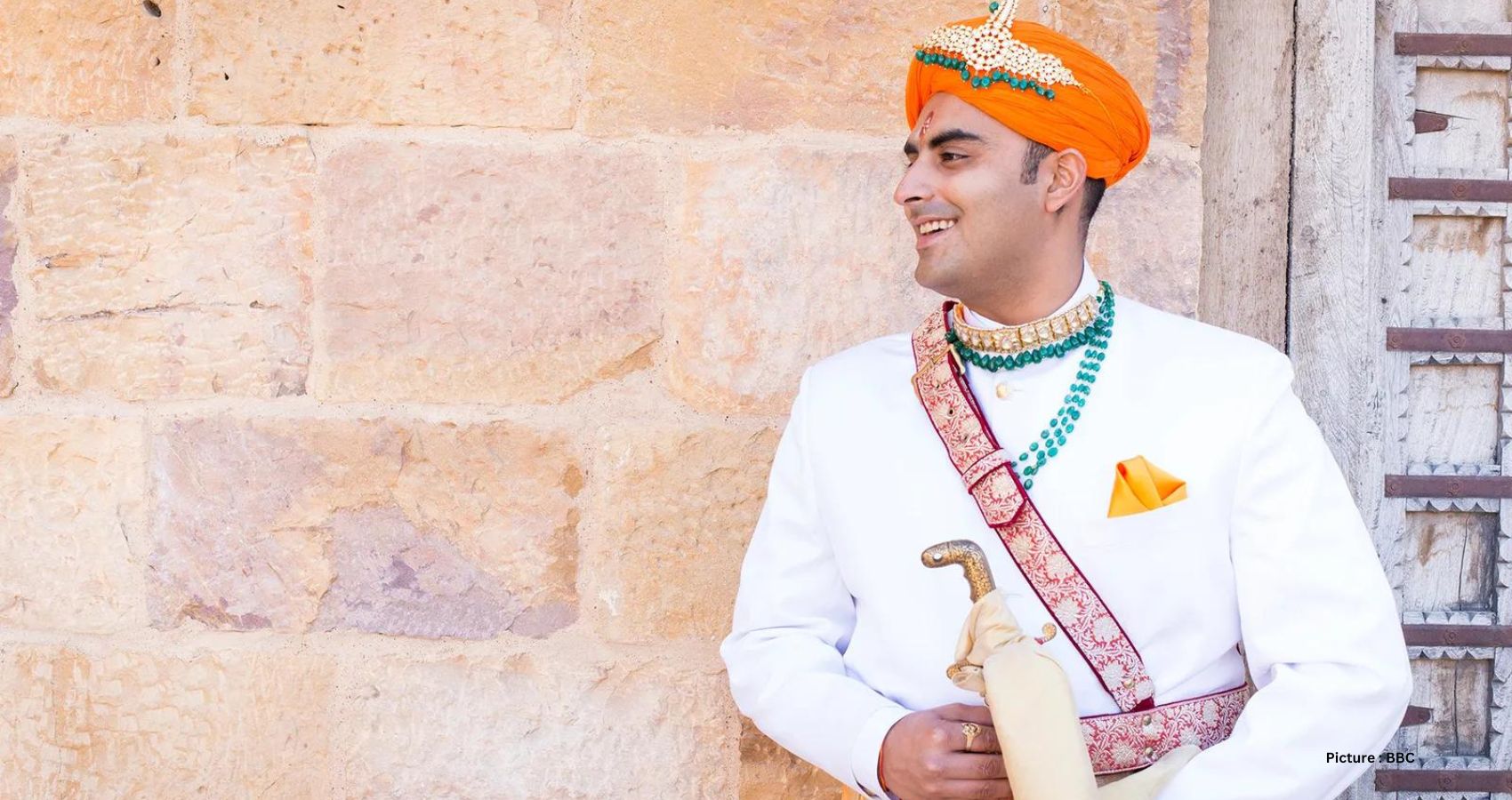Move over, wine pairings; it’s time for whisky pairings to step into the limelight in India. And when that whisky not only promises to tantalize your taste buds but also aids in safeguarding a vanishing avian species, it’s even more remarkable.
The subject of our conservation efforts is none other than the Great Indian Bustard, affectionately known as GIB or “godawan” in Hindi, which has been alarmingly categorized as Critically Endangered on the IUCN Red List. Once a familiar sight in the scrublands of Rajasthan, this majestic bird has been relentlessly hunted for sustenance and sport, pushing it to the brink of extinction. Standing as one of the largest flying birds globally, the GIB boasts an impressive length of up to 1.2 meters and can weigh as much as 15 kilograms. While it may not win any beauty contests with its brownish plumage, elongated legs, and neck, it once vied for the title of India’s national bird.
Recent estimates paint a grim picture, suggesting that a mere 120 GIBs remain in India.
In early 2023, an alcoholic homage to this noble creature emerged in the form of Godawan whisky, crafted as part of corporate conservation endeavors for the GIB. This artisanal single malt, distilled in the town of Alwar, Rajasthan, utilizes locally sourced barley and employs water-efficient methods, paying homage to the arid landscapes of its origin. Infused with a medley of Indian botanicals reminiscent of gin, it boasts flavorful notes of raisin, fig, apricot, and caramel.
Championing the cause alongside the whisky is Chaitanya Raj Singh, a social entrepreneur and scion of the Jaisalmer royal family, who collaborates with Diageo, the parent company of Godawan whisky, to spearhead conservation initiatives. Singh underscores the collaborative efforts between the company and the Indian Ministry of Environment and Wildlife to secure grasslands—the preferred habitat of GIBs—to facilitate breeding and, ideally, revival of the species.
“This conservation initiative is a step in the right direction. And we hope that we will be able to save the bird… the way it happened for the tiger,” Singh remarked, drawing parallels with the successful conservation efforts that pulled the Royal Bengal Tiger back from the brink of extinction in India.
With its velvety texture and nuanced hints of smoke and spice, Godawan whisky proves to be a fitting accompaniment to red meat, akin to the traditional pairing of red wine. Singh favors savoring it alongside his signature laal maas canapés, a contemporary rendition of the quintessential mutton curry synonymous with Rajasthan’s culinary heritage. Traceable to royal kitchens, laal maas allegedly originated with game meats like deer and wild boar, though Singh contends it has always been associated with mutton.
“Meat, especially mutton, has been an integral part of the diet of people here in Rajasthan,” Singh elucidated, noting the dish’s regional and familial variations in spice blends and cooking duration, where a slow simmer enhances its flavors.
The dish comprises a luscious gravy enriched with onions, garlic, ghee, yogurt, and an array of spices including cayenne pepper, cardamom, cloves, and bay leaves, eschewing tomatoes in its classic rendition. Traditionally, it embraces the fiery kick of local Mathania red chili powder, alongside hotter variants, although Singh opts for a milder profile to cater to diverse palates. “The whisky will also complement the mellower flavors of the laal maas canapés,” he added.
Here’s the recipe for Singh’s Laal Maas Canapés:
Laal Maas Canapés Recipe by Chaitanya Raj Singh
Serves 4
This rendition of laal maas presents a drier variant of the curry, served atop Indian flatbread such as roti or naan, ideal for relishing as an appetizer or finger food.
Ingredients:
For the laal maas:
– 250g Greek yogurt
– Turmeric powder
– 500g mutton, cut into 2 ½cm (1in) pieces
– Ghee
– 10g garlic paste
– 10g ginger paste
– Salt
– 50g onions, chopped
– 50g tomatoes, chopped
– 2-3 whole cloves
– 2-3 cardamom pods
– 1 bay leaf
– 10g coriander powder
– 5g cumin powder
– 15g red chili powder
– Coriander leaves and fried garlic, for garnish
For the canapé base:
– 250g wheat flour
– 180ml warm water
– Salt
Method:
- In a bowl, combine yogurt with a generous pinch of turmeric. Add the mutton pieces and marinate for at least 2 hours.
- Heat ghee in a non-stick frying pan. Add garlic and ginger paste, cooking until fragrant and slightly golden. Incorporate the marinated mutton, seasoning with salt.
- Introduce chopped onions and tomatoes, sautéing until onions turn golden. Add cloves, cardamom, and bay leaf, cooking for 10 minutes. Stir in coriander powder, cumin, another pinch of turmeric, and red chili powder.
- Pour enough water to cover the mutton, bringing it to a simmer. Cover and cook for 5-7 minutes until the meat is tender. Uncover and simmer until a rich gravy forms.
- For the canapé base, mix wheat flour with a pinch of salt and enough water to form a dough. Cover and let it rest for 5 minutes. Shape into balls, flatten into bases, and cook in a non-stick pan until golden on both sides.
- Top the bread with mutton pieces, garnishing with fried garlic and fresh coriander leaves. Serve hot.
By combining the allure of fine whisky with the culinary heritage of Rajasthan, Chaitanya Raj Singh endeavors to not only tantalize palates but also contribute to the preservation of India’s natural treasures, one sip and bite at a time.











